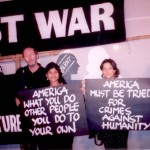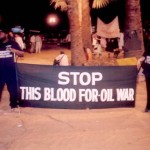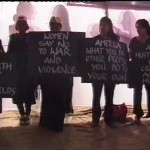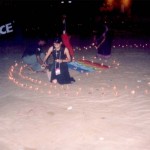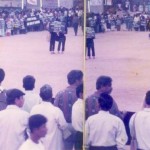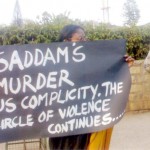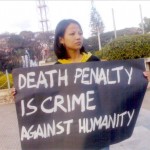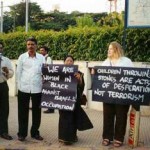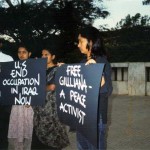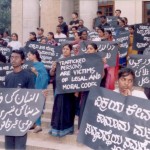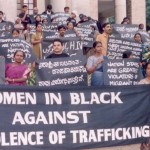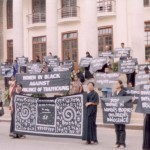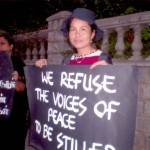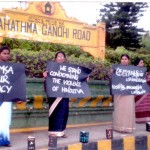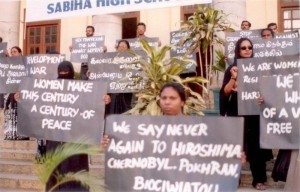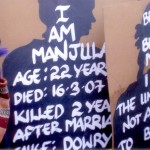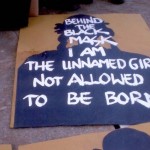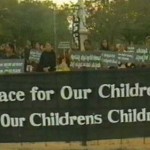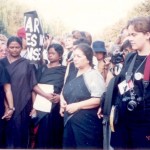WiB Vigil responding to rape, Hyderbad 6 December 2109
What is happening to the girls and women in our country? Why is so much violence unleashed on women? Why is the victim blamed? Why is clothing used as a justification to violate? Why is rape culture tolerated or even glorified? How can we put a stop to this mindless inhumanity?
The gruesome rape and murder of the 28 year old veterinary doctor from Hyderabad has shocked the entire nation. She was brutally gang raped, smothered and burnt by a group of men. What is even more saddening is the fact that in just a period of one week, seven deadly rape cases have comes to light from different parts of the country. In one of the cases an auto-driver in Chandigarh, held captive a 11 year old girl and raped her multiple times during a period of three days. In yet another incident, a young girl was gang raped, shot and later burnt in the Kukudha village of Buxar district in Bihar. These recent cases of violence against women have astounded and worried us.
These inhumane acts have been condemned by all sections of the society as crimes like these continue to happen to children, young and even old women. However, there is an urgent need for a rhetoric which is not rooted in the concept of restitutive justice and strays away from the trajectory of Capital Punishment.
Keeping in mind, the idea of restorative justice, we would like to extend an invitation to all of you to come and join hands with us for a Women In Black (WIB) candlelight vigil, to congregate in silence and in solidarity.
We unite on Friday December 6, 2019 at the Town Hall steps between 5:30-6:30 p.m. We request everyone to be dressed in black for the WIB action.
In Solidarity,
Vimochana, Forum for Women’s Rights

